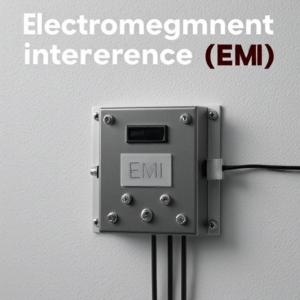Noise reduction in circuits is all about minimizing unwanted signals or “noise” that can interfere with the proper functioning of your electronic device. Noise can come from various sources like power supplies, nearby electronic equipment, or even natural electromagnetic interference.

Here’s an easy breakdown of common techniques used for noise reduction:
- Filtering: Just like a coffee filter keeps the grounds out, filters in circuits help remove unwanted noise. A common type of filter is a capacitor, which can smooth out fluctuations in voltage, or an inductor, which can block high-frequency noise.
- Shielding: This involves placing a protective layer (like a metal case) around the circuit to block out electromagnetic interference from the outside. It’s similar to using a raincoat to shield yourself from the rain.
- Twisted Pair Wiring: For signals that are sent through wires, twisting two wires together helps cancel out noise. This is often used in communication circuits like phone lines or Ethernet cables.
- Grounding: Ensuring that your circuit has a proper ground connection can help keep noise from interfering. A good ground path helps “drain” the unwanted signals away.
- Decoupling Capacitors: These small capacitors are placed near the power pins of components to smooth out voltage fluctuations, which helps reduce noise that could affect sensitive parts of the circuit.











